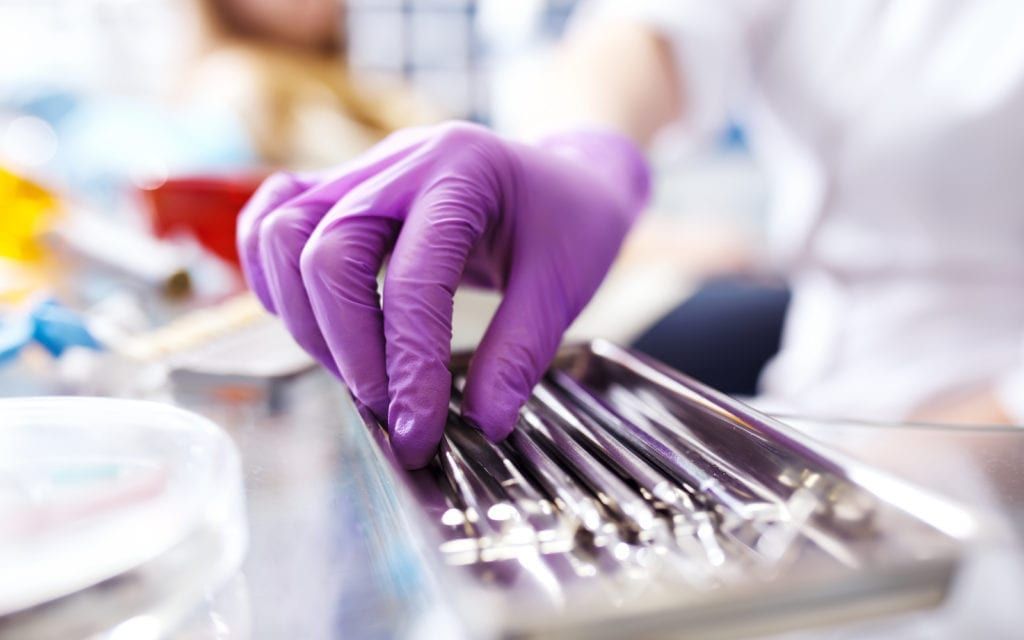One of the most significant aspects of dentistry is exploring techniques and methods in caring for people’s teeth. As avid enthusiasts, the tools and strategies for correcting bites and filling crowns matter because those methods determine the results and help solve complex problems that people face every day when dealing with periodontal disease, tooth decay, and other serious problems diseases. Atraumatic restoration treatment is one such technique that has been incorporated to be used for large communities, using hand tools to provide restorations such as fillings, crowns, and veneers. Hand tools are still widely used in today’s field but are often used in cooperation with electronic and rotary instruments. As part of our exploration of these tools, we’re here to look at some studies that observe these techniques and see what experts say about atraumatic restoration.
What The Studies Say About Atraumatic Restoration
Atraumatic restoration treatment was developed to combat traditional restoration treatment limitations when treating people in under-served areas. Initially created in 1985 by dentist Jo Frecken, its focus on using minimally invasive techniques and adhesive materials has helped many low-income areas receive treatment for cavities, especially for children. The similar outcomes it would have with conventional approaches; it’s a technique that can also be used in any setting. However, limited resources and facilities have created limited access to required healthcare services for those within under-developed regions, including dental care. Atraumatic restorations attempt to resolve this issue by developing techniques that give greater access without the heavy reliance on those missing resources.
This technique has been recommended by international groups that work within cariology, restorative, and pediatric dentistry, using it as an alternative to treat permanent decaying teeth with hand instruments. Dentists using the ART method would attempt to remove the decaying material selectively, and place adhesive fillings, typically glass ionomer cement, to not only heal the cavity but provide the release of fluoride long term for more effective decay removal and enamel remineralization.
But does the quality of those services impact a person’s dental health overall, and does it have the same quality service compared to conventional restorative treatments? According to one study conducted by the Cochrane Library review journal, researchers observed the practical applications of atraumatic restorations to ask whether or not they’re able to manage dental cavities better than conventional. The study attempted to follow this method by including randomized controlled trials with six-month follow-ups, independently screened results to assess the risk of bias within those studies, and then conducted a meta-analysis of the data collected.
Throughout this meta-analysis, the study observed multiple factors affecting the effectiveness of the ART technique, which include:
- The ART technique has a higher risk of restorative failure in primary dentition, which was conducted over a follow-up period of 12 to 24 months. However, the conclusion made was limited due to the over risk of performance and attrition bias.
- The ART treatment may reduce pain more so than conventional treatment. Still, the restoration’s long-term results may be affected by the lack of precision, indirectness, and high risk associated with the treatment.
- The quality of the evidence found throughout the review found the evidence to be very low to low quality, and that further research is needed to change the outlook of this procedure.
While the article could not find conclusive evidence of ART being better or worse than conventional restoration treatments, much of the evidence currently provided doesn’t provide enough evidence to assess the risks. As dentists, these findings indicate wide-spread problems among healthcare in its ability to provide access to those in need. The issues with funding, bias, and randomized controlled trials come with increased risks that can often mislead the public in their ability to correctly judge the information provided.
Is ART better than Conventional Treatment?
Both atraumatic and conventional restorations provide alternative methods for treating cavities, and both have value within dentistry. Hand instruments, rotary instruments, and other technologies today offer extensive ways to treat cavities and be adapted according to the dentist’s professional training and education. While conventional treatments provide adaptability within dental office settings for various developed countries, ART techniques for underdeveloped countries can still offer more access to children and adults with caries that require treatment. While these methods still need consistent review and improvement, the clinical trials observing these methods need more profound results to help inform dentists and the general public about ART’s safety and effectiveness in both developed and underdeveloped settings. Through observing clinical trials and publications observing the results, ART remains a viable source for expanding dental treatment, depending on the tools used, the expertise provided, and the resources available.




